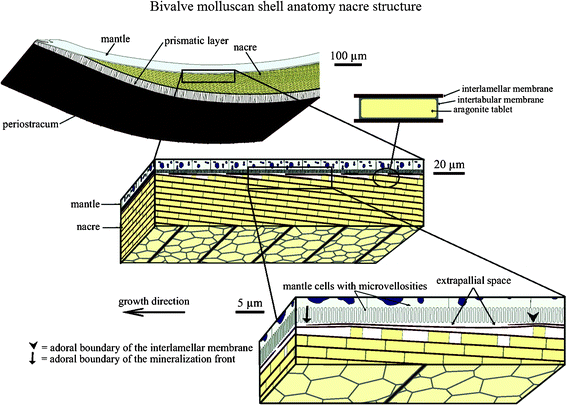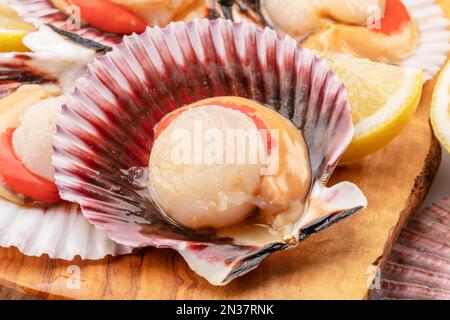


However, the taxonomy of Anabarella is questionable, which has implications for the interpretation of the genus’ temporal and spatial distribution. In South China, Anabarella has mainly been documented from Yunnan, Shaanxi, Sichuan, and Hubei provinces. attleborensis and Watsonella crosbyi from the base of Member 5 of the Yanjiahe Formation corroborates that Member 5 belongs to Cambrian Stage 2.Īnabarella, a conspicuous taxon of early mollusc, is widely distributed in the early Cambrian strata and is considered an important link in the evolutionary lineage that reflects a transitional form from helcionelloids to bivalves. attleborensis indicate that it can play a significant role in the subdivision and correlation of Cambrian Stage 2. The nearly cosmopolitan distribution and characteristic morphology of A. Morphological parameter analyses indicate that the length and width of shell tube of A. attleborensis, signifying its strong potential for a global correlation across paleocontinents. Detailed taxonomic comparison further substantiates that A. yanjiaheensis based on the numerous specimens collected from the base of Member 5 of the Yanjiahe Formation in the Three Gorges area, western Hubei Province of South China.

In this study, we systematically re-evaluated A. yanjiaheensis based on material from its type locality awaits to be made. Nevertheless, a detailed taxonomic revision of A. yanjiaheensis was often taken as a junior synonym of A. attleborensis, or indeterminate species in the literature, while A. Aldanella fossils were uncommon in South China, and if occurring, were often described as Aldanella yanjiaheensis, A. The first appearance datum (FAD) of the cosmopolitan mollusk Aldanella attleborensis has been suggested as one of the potential markers for defining the base of Cambrian Stage 2. Some small shelly fossils are important index fossils for global stratigraphic subdivisions and correlations of the Cambrian Terreneuvian. This independent origin of nacre appears to have taken place during, or just prior to, the Great Ordovi-cian Biodiversification Event and represents a significant step in the arms race between predators and molluscan prey. Thus, although considered by many to be homologous among molluscs, we conclude that nacre convergently evolved in monoplacophorans, gastropods, bivalves, and cephalopods. No cases of undisputed nacre occur in the Cambrian, in spite of much shell microstructure data from molluscs of this time period. Foliated aragonite shares many similarities with nacre, and it may have been the precursor to nacre in bivalves. A similar shell microstructure is seen in Anabarella and Watsonella, providing support for the hypothesis that they are the ancestors of bivalves. New specimens reveal that Pojetaia had a laminar inner shell microstructure reminiscent of the foli-ated aragonite of modern monoplacophorans, and the same is true for Fordilla. Pojetaia and Fordilla are the oldest bivalve mol-luscs, occurring in roughly co-eval rocks from the Tommo-tian, and are the only undisputed, well-known bivalves from the Cambrian.


 0 kommentar(er)
0 kommentar(er)
